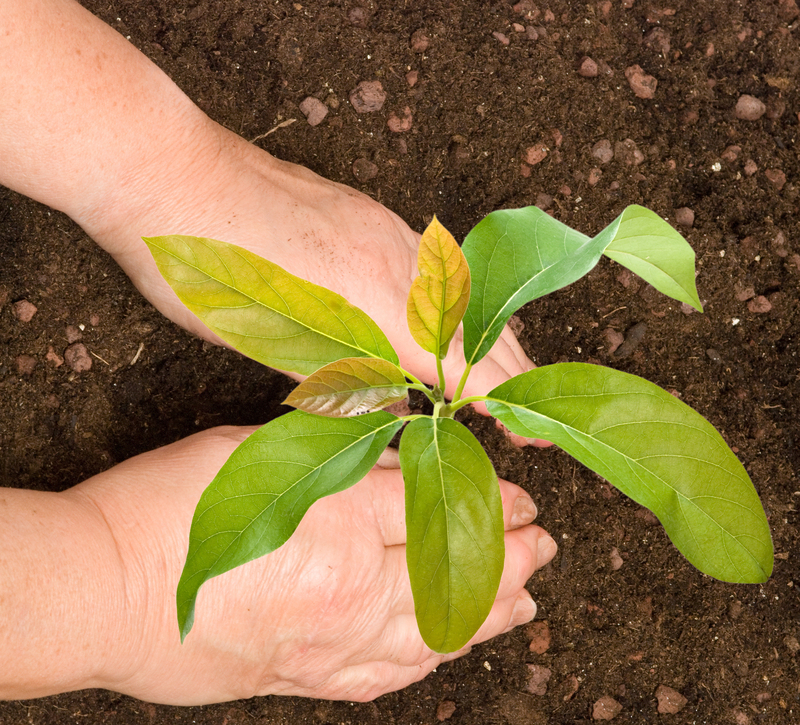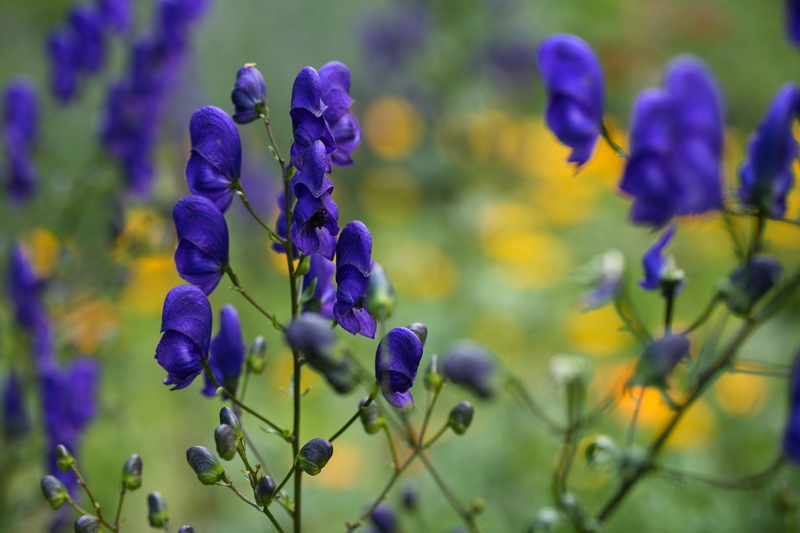Delve into garden techniques for growing perfect herbs
Posted on 18/06/2025
Delve into Garden Techniques for Growing Perfect Herbs
If you're passionate about gardening or just starting to cultivate your green thumb, learning about the best garden techniques for growing perfect herbs is essential. Fresh herbs not only elevate your culinary creations but also add beauty and aroma to your home garden. This comprehensive guide will walk you through a variety of effective strategies and insights to help you grow healthy, lush, and flavorful herbs right in your own backyard or even on a sunny windowsill!
Why Grow Your Own Herbs?
Before exploring techniques, it's valuable to understand the advantages of herb gardening. Homegrown herbs are cost-effective, chemical-free, and often contain more nutrients than store-bought versions. Plus, the act of gardening provides therapeutic benefits and connects you with nature.
- Cost savings compared to supermarket herbs
- Control over pesticides and fertilizers
- Flavor customization with unique varieties
- Freshness and convenience all season long
- Unique aromatic experiences in your garden

Choosing the Right Location: Light and Soil Considerations
Growing perfect herbs starts with choosing the optimal location. Most culinary herbs thrive in full sunlight, requiring at least 6 hours of direct sun per day. However, some herbs, such as mint and parsley, tolerate partial shade. When planning your garden, observe the movement of sunlight throughout the day to select spots that fit your herbs' preferences.
Soil is just as crucial--a well-draining, fertile soil rich in organic matter supports stronger root development and prevents rot. Test your garden's soil pH; most herbs prefer slightly acidic to neutral soils (pH 6.0 to 7.0).
- Sun-loving herbs: Basil, rosemary, thyme, sage, oregano
- Shade-tolerant herbs: Cilantro, parsley, mint, chervil
Herb Gardening Techniques: From Seeds to Harvest
1. Starting Herbs from Seeds vs. Transplants
You can cultivate herbs from seeds or transplants (young nursery plants). Each approach has its merits:
- Seeds: Economical, offers a wide selection of varieties, and allows participation in the entire growth cycle. Start seeds indoors 6-8 weeks before the last frost or sow directly when the soil warms.
- Transplants: Faster results and fewer frustrations for beginners. Great for slow-germinating herbs like rosemary and lavender.
2. Preparing Your Planting Bed or Containers
A successful herb garden requires thoughtful bed or container preparation:
- Amend your soil with compost or aged manure to supply nutrients.
- Ensure good drainage by raising beds or using pots with drainage holes.
- Space herbs properly, considering their mature size and airflow needs.
3. Watering Techniques for Perfect Herbs
A key element in growing vigorous herbs is proper watering:
- Water deeply but infrequently. Shallow watering leads to shallow roots and weak plants.
- Avoid overhead watering, which encourages fungal diseases.
- Let soil dry slightly between watering, especially for Mediterranean herbs like rosemary and thyme.
- In containers, check soil moisture daily during hot weather.
4. Mulching for Moisture and Weed Control
Apply a layer of organic mulch (straw, shredded bark, or leaf mold) around your herbs to:
- Help the soil retain moisture
- Suppress weeds
- Regulate soil temperature
5. Companion Planting with Herbs
Companion planting enhances your garden's health and boosts herb flavors:
- Basil repels aphids and enhances tomatoes' flavors.
- Chives deter carrot flies and improve rose health.
- Dill attracts pollinators and predatory insects.
- Rosemary wards off bean beetles.
6. Pruning and Harvesting for Health and Productivity
Underestimating the importance of pruning can hinder your herbs' performance. Regular harvesting and pinching back:
- Promotes bushy new growth
- Prevents premature flowering
- Improves overall flavor
7. Organic Fertilization Techniques
While most herbs thrive in modestly fertile conditions, periodic feeding supports lush growth. Use:
- Compost or worm castings mixed into the soil
- Organic liquid fertilizers, such as kelp extract, in moderation
- Mulching with leaf mold or grass clippings to slowly release nutrients
Growing Herbs Indoors: Maximizing Small Spaces
If you lack a traditional garden, don't worry! Herbs grow wonderfully in containers indoors. Here are techniques tailored to indoor cultivation:
- Choose bright, south-facing windows or supplement with grow lights.
- Use well-draining potting mix designed for herbs.
- Water when the top inch of soil feels dry; pots dry faster indoors.
- Rotate pots weekly for even growth.
Troubleshooting Common Herb Gardening Issues
Even experienced gardeners encounter challenges when growing perfect herbs. Here's how to tackle some frequent obstacles:
1. Dealing with Pests Naturally
- Use companion planting to repel insects.
- Spray diluted neem oil or insecticidal soap for aphids or mites.
- Hand-pick larger pests such as caterpillars or slugs.
2. Managing Fungal Diseases
- Avoid wetting foliage during watering.
- Space plants to improve airflow.
- Remove and dispose of infected leaves immediately.
3. Diagnosing Yellowing Leaves
- Check for overwatering or poor drainage.
- Address nutrient deficiencies with organic amendments.
- Inspect for soil-borne pests.
*Consistent observation and early intervention are keys to thriving, perfect herbs.*
Extending the Season: Year-Round Herb Gardening Tips
Don't let the cold halt your herbal harvest. Use these advanced garden techniques:
- Cold frames or cloches: Shelter outdoor herbs from frost.
- Bring pots indoors: Before the first frost, relocate tender herbs.
- Grow lights: Supplement reduced natural light in winter greenhouses or indoor gardens.
Top 10 Essential Herbs for the Home Garden
If you are starting out or looking to expand, here's a list of rewarding, easy-to-grow herbs perfect for any herb garden:
- Basil
- Parsley
- Chives
- Mint
- Rosemary
- Thyme
- Sage
- Cilantro (Coriander)
- Dill
- Oregano

Preserving Your Herbal Bounty
A rewarding garden yields more herbs than you'll use at once. Preserve surplus using these time-tested methods:
- Drying: Bundle and hang herbs upside-down in a warm, dark, ventilated area.
- Freezing: Chop and freeze herbs in ice cube trays with a little water or olive oil.
- Infusing: Make flavored oils, vinegars, or herbal butters.
Conclusion: Mastering the Art of Growing Perfect Herbs
By delving into optimal garden techniques for growing perfect herbs, you empower yourself to cultivate vibrant, aromatic, and healthy plants all year round. Remember, each herb has its particular preferences--attention to light, soil, water, and timely harvests will bring the best results.
Whether creating lush garden beds, stringing pots along a sunny balcony, or crafting a kitchen windowsill oasis, these herb gardening techniques can transform your space and your meals. Every gardener's journey is unique--experiment, observe, and delight in your abundant, flavorful harvest!

